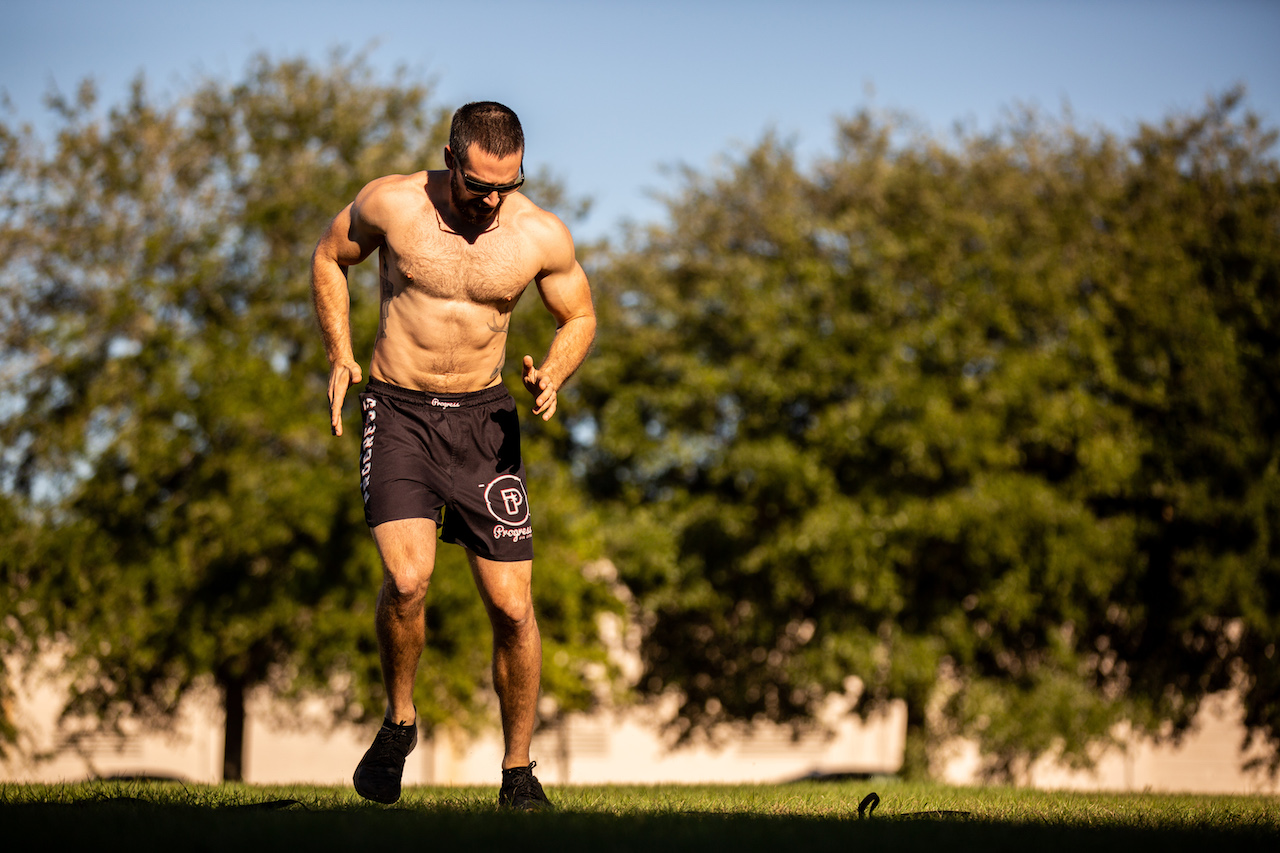3 Crucial Reasons Why Police Officers Need to Train Agility
Apr 29, 2021
What is Agility?
According to the National Strength and Conditioning Association, agility can be defined as rapid, whole-body movements that require single or multiple changes in velocity (acceleration or deceleration) or direction (vertical, lateral or horizontal) in response to an external stimulus.
In the Effective Fitness Program, agility is a routinely trained fitness trait that involves changing direction quickly and intentionally.
We include agility work every week in our training, and in some cycles, it is multiple times per week. We also have an agility specific assessment that is tested 2x per year.
Why is agility an essential component of a Law Enforcement Officer's training program?
We know that training and testing our agility skills is essential for Law Enforcement Officers due to the nature of encounters on the job.
In 2018, the FBI collected assault data from 11,788 Law Enforcement agencies that employed 546,247 officers. These officers provided service to more than 250.6 million people or 76.6% of the nation’s population.
Here's what they found:
- 58,866 officers were assaulted while performing their duties in 2018
- The rate of officer assaults in 2018 was 10.8 per 100 sworn officers
We know that at SOME POINT in your career (and for some, this may just be at some point during your shift, on the regular) you will be in close proximity during arrests or other incidents. It is inevitable.
It is not a matter of IF, but WHEN.
It is important to note that agility and speed go hand in hand. Changing direction safely, efficiently and quickly could quite literally save your life or someone else's.
With that being said, speed and agility are oftentimes trained together. An example would be in Part 1 of our weekly Tactical sessions and in the EFT Standard Agility Test.
If you haven't yet been convinced to work on your agility and train it regularly, let's dive in to 3 reasons it is a mandatory as an LEO!
1) Creating and Managing Distance
Founder & CEO of Effective Fitness and PolicePosts states: "One who manages the distance, manages the damage."
Think about that for a second.
If someone approaches you with a knife, can you create distance between you and that person?
If someone pulls a gun on you, can you find cover quickly, safely and efficiently?
If you can create and manage the distance between you and the perceived threat, your chances of success are much greater.
And vice versa - if you CAN NOT create and manage the distance between you and the perceived threat, your chances of success are minimal. This means the chances of injury increase and chances of survival decrease tremendously.
It really is that serious.
View this post on Instagram
2) Reducing Risk of Injury
Police Officers are at a high risk of physical injury simply due to the nature of the job. Day to day tasks are unpredictable and often physical in nature, as we know, and this requires a high level of preparedness.
Incidents happen FAST.
Being physically prepared to go from a resting state (sitting in patrol car) to sprinting and/or going hands on with a suspect is not uncommon.
According to a study that was most recently updated in April 2018, the leading cause of work days missed by Police Officers was non-fatal physical injury. Of these injuries, 25% were upper extremity and 24% were lower extremity. The nature of the injuries were tears and sprains.
If the stress put on your tissues and joints exceeds their capacity, you are more likely to suffer from an injury. If your body is physically prepared for the task, it is much less likely!
This requires consistent physical training.
The better trained and prepared you are, the less likely you are to sustain an injury.

3) Load Carriage Heavily Impacts Agility and Mobility
Nearly 65% of recently surveyed Law Enforcement Officers wear 20 pounds of additional gear or more to work routinely.
There have been numerous studies done on the affects of carrying a tactical load and all concluded that carrying an external load (kit, duty belt, etc.) alters your ability to move quickly and to move well.
Fitness training is a great time to practice and to test your performance while carrying a heavy load.
Being familiar with how your gear, even as simple as your uniform pants and shirt can affect your performance is of utmost importance.
Do NOT underestimate what carrying a heavy external load can do to your body, mind, and how it can hinder your performance.
Here’s just a few examples of effects of load carriage:
- Decrease coordination, foot speed and agility
- Significant decrease in mobility
- Decrease reaction time, memory and cognitive abilities
- Decrease VO2 max
- Increase heart rate and respiratory rate
It is recommended that LE and other Tactical Athletes train 2-4x per month in their duty gear OR something similar like a weighted vest designed for training, a sandbag, or a rucksack/pack.
Wrap Up
We KNOW that cops need to be agile.
Training agility 1-2x per week will suffice.
This will prepare your body for what is likely to occur and it will make you more resistant to injury.
Incidents happen fast and in many cases, unexpectedly. Be prepared to go from 0-100, real quick!
Train with a weighted vest or carrier 2-4x per month to become acclimated to carrying and moving in all different planes of motion and directions with 10-20+ pounds of gear.
FREE DOWNLOAD - 7 AGILITY DRILLS FOR POLICE OFFICERS
Remember, carry what is NECESSARY and what is OPTIMAL. Keep it practical; sometimes less is more when it comes to patrol load out.
Be Prepared.
Be Effective.

